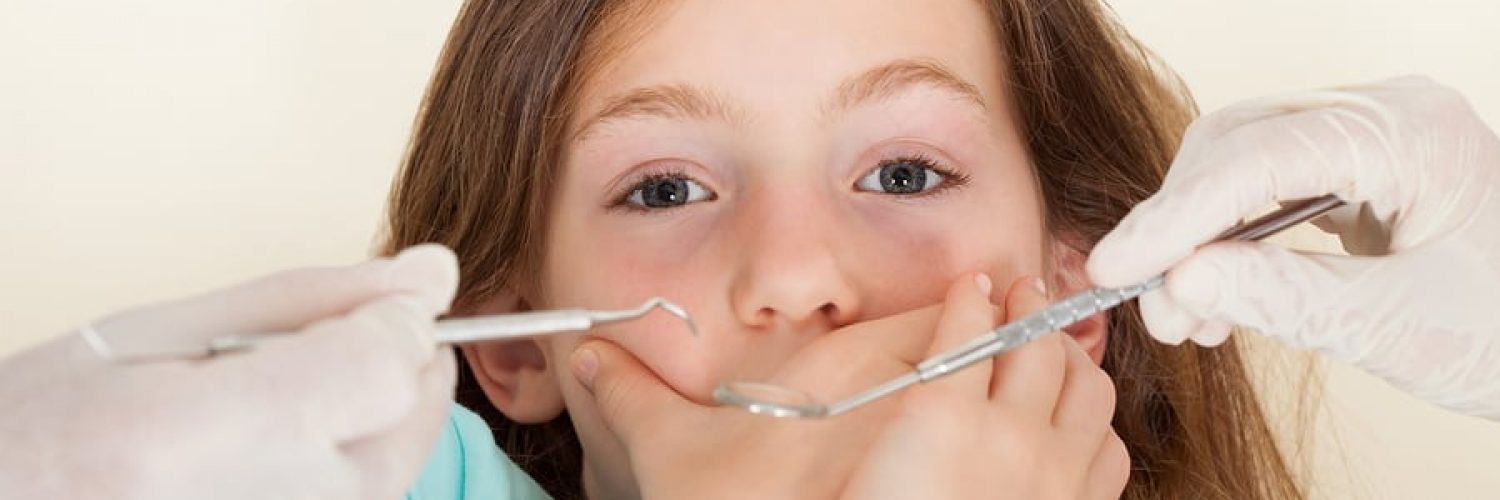There are some people that simply cannot get themselves to make their necessary dental appointments. There is fear, worry of pain, and the stress that builds up from this easily convinces too many people that they can wait another year before seeing their dentist. This is not true. You need to come see us as often as we recommend. It’s your health that we are concerned with.
 More often than not, it is our children who find the dentist most terrifying and many times the fear is so strong they will refuse to sit still during a delicate procedure. Sedation dentistry services are offered for children as well who have a difficult time with dental visits.
More often than not, it is our children who find the dentist most terrifying and many times the fear is so strong they will refuse to sit still during a delicate procedure. Sedation dentistry services are offered for children as well who have a difficult time with dental visits.
Sedation dentistry is one of the most popular services we offer for those struggling with fear and worry. Dental procedures performed while the patient is under sedation is safe and comfortable.
4 Sedation Dentistry Types
1) Inhaled sedation, or “laughing gas” is a minimal sedation technique. You will be breathing nitrous oxide mixed with oxygen that comes through a mask. It is a small mask that fits over your nose. The combination of laughing gas and oxygen will help you relax. People often say it feels like their arms are floating while sitting in the chair. Because this is a minimal sedation technique and the gas wears off fairly quickly, this is the only form of sedation where you might be able to drive yourself home after the procedure. Your dentist will tell you for certain whether or not you will be allowed to drive home after your procedure.
2) Oral sedation – The pill you usually take is Halcion, which is very similar to Valium. You will take this pill about an hour before your procedure. If you use oral sedation with a pill, you will still be awake but very, very drowsy. You might fall asleep during the procedure, but it’s a light enough sleep that a small shake will wake you up. The dentist will control your dosage and “up it” if need be. This is the type of anesthesia most commonly associated with sedation dentistry.
3) IV sedation – Sedation by way of IV is typically a moderate sedation. This method allows the dentist to continually adjust the level of sedation during your procedure. Compared to a pill that takes an hour to kick in, this type of sedation will start working immediately.
4) General anesthesia – This is the deepest form of sedation. You will get medications that will make you either almost unconscious or totally unconscious — deeply asleep — during the procedure. While you are under general anesthesia, you cannot easily be awakened until the effects of the anesthesia wear off or are reversed with medication.

